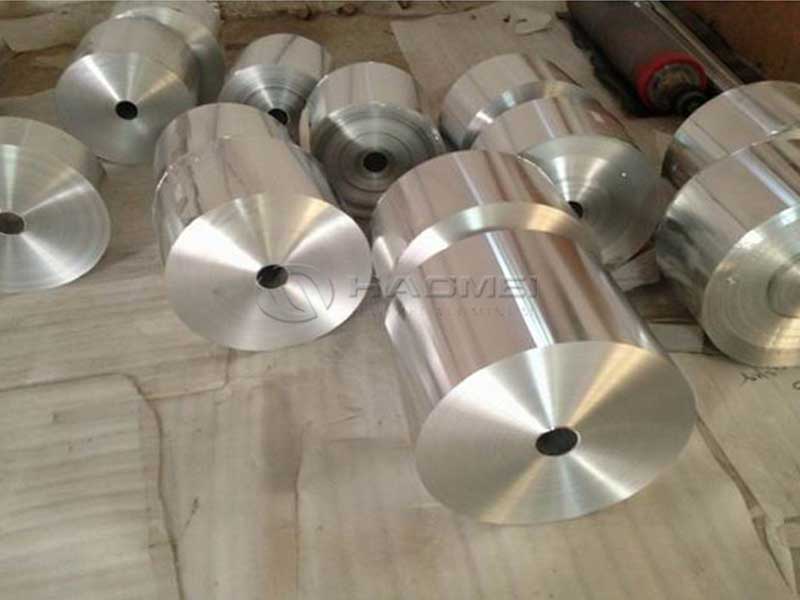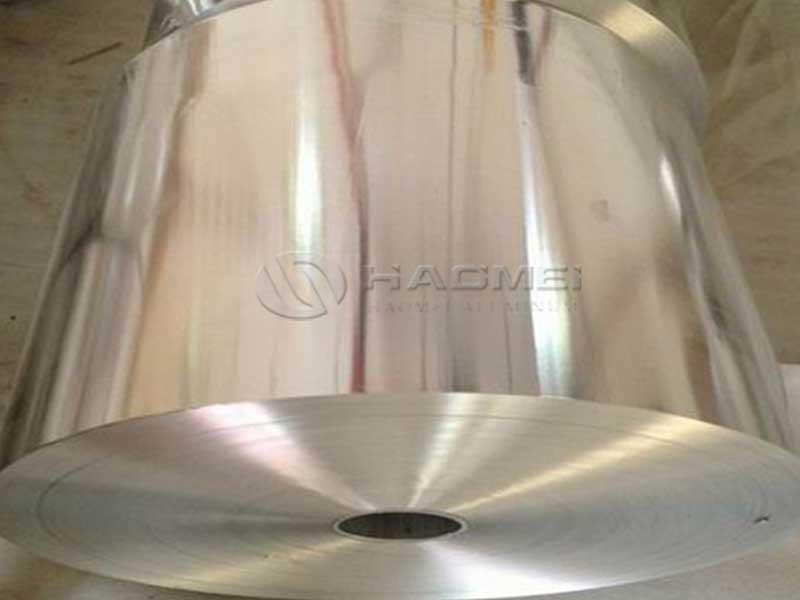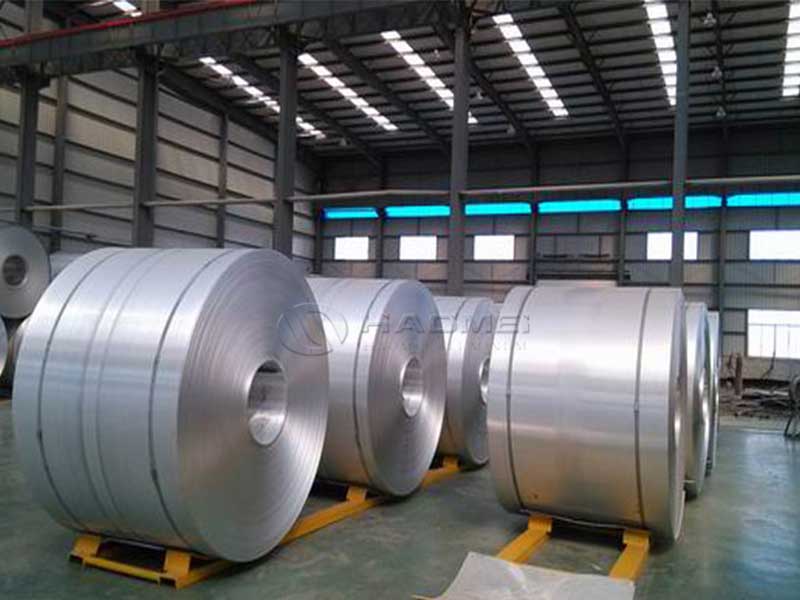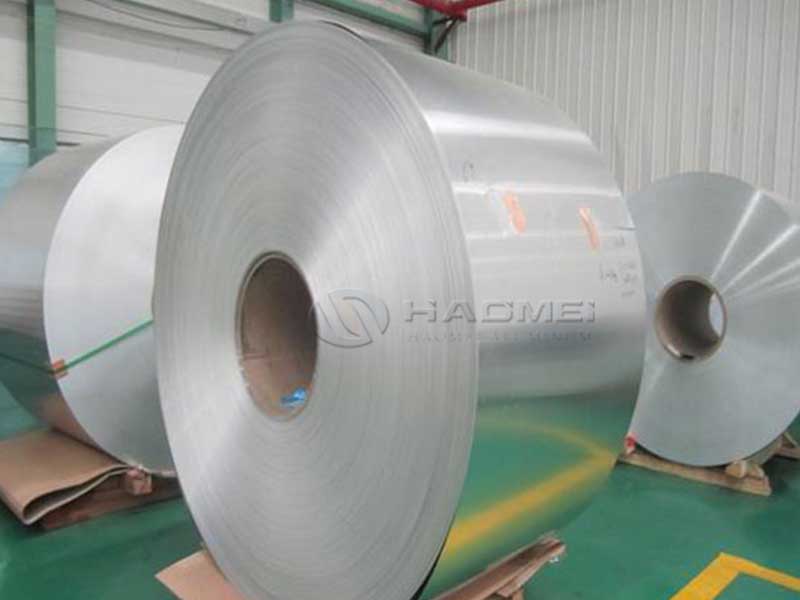8021 8079 Battery Pouch Foil
In the rapidly evolving landscape of portable electronics and electric vehicles, the demand for reliable, lightweight, and high-performance battery packaging materials has never been greater. Among these materials, aluminum battery pouch foils is know for their combination of mechanical versatility, chemical stability, and adaptability.
Battery Pouch Foil: Why Aluminum?
Battery pouch foil acts as both a structural and protective layer for lithium-ion cells housed in flexible pouches. The choice of foil heavily impacts the battery's performance, safety, and longevity. Aluminum's unique characteristics—low density, excellent corrosion resistance, good electrical conductivity, and ease of forming—make it ideal for this application. However, not all aluminum foils are created equal; specific alloy compositions and temper conditions unlock the properties required for advanced battery designs.
From my perspective on the factory floor, 8021 and 8079 aluminum foil for battery pouches are far from just another roll of shiny metal. The differences are subtle but critically important. 8021, with its slightly thicker gauge and higher tensile strength, is our workhorse. We see it primarily in larger format pouches, demanding robustness to withstand the stresses of the winding and packaging process, and ultimately the rigors of battery operation. Conversely, 8079's thinner profile allows for lighter, potentially more energy-dense battery designs, but it demands more careful handling during production to avoid tearing or perforation. We've had to adjust our machinery speeds and tension settings accordingly, and even minor fluctuations in humidity can impact its formability.
The real challenge isn't just the material itself, but the inherent tension between performance and cost-effectiveness. We're constantly balancing the needs of our clients – who prioritize lighter, more efficient batteries – against the potential for increased scrap rates and production delays caused by the more delicate nature of 8079. It's a constant learning process, refining our processes to maximize efficiency and yield while maintaining the stringent quality standards demanded for this critical component of lithium-ion batteries. We're essentially working on the very thin, yet vital, skin that protects some of the most powerful energy storage we have today.
Enter 8021 and 8079: Lightweight Champions with Tailored Performance
Alloy Composition and Characteristics
8021 Alloy
- Chemical Composition: Primarily aluminum (purity ~99.0%-99.5%) with minor amounts of silicon (Si: max 0.5%), iron (Fe: max 0.5%), and trace impurities.
- Features: Its near-pure aluminum nature imparts excellent crystallographic texture, aiding in uniform thickness reduction and strength enhancement during processing.
- Implementation in Battery Foil: 8021 achieves a delicate balance between formability and mechanical strength, ideal for pouch foils requiring high puncture resistance yet good flexibility.
8079 Alloy
- Chemical Composition: Also an ultra-high-purity aluminum variant, generally >99.7% Al, with very low iron and silicon, similar to 1350 alloy grade.
- Features: Exhibits superior corrosion resistance due to minimal impurities, very high conductivity, and superior surface finish.
- Preferred Battery Applications: 8079 is especially suited to sensitive battery chemistries, such as cobalt or nickel-rich cathodes, where foil purity impacts electrolyte stability and long-term durability.
| Parameter | 8021 Alloy | 8079 Alloy |
|---|---|---|
| Aluminum (Al) Content | Approx. 99.0% - 99.5% | >99.7% |
| Silicon (Si) | Max 0.5% | Typically <0.05% |
| Iron (Fe) | Max 0.5% | Typically <0.2% |
| Tensile Strength (typical, MPa) | 70 – 110 (depends on temper) | 50 – 100 (depends on temper) |
| Elongation (%) | 15 – 35 | 20 – 40 |
| Electrical Conductivity (%IACS) | ~60 – 65 | ~62 – 68 |
| Density (g/cm³) | 2.70 | 2.70 |
Tempering and Processing: The Subtle Art of Tailoring Foil Performance
Both 8021 and 8079 are typically supplied in hard rolled or annealed conditions depending on application needs:
Temper Conditions: Commonly H22 (quarter hard) or H24 (half hard) for 8021, balancing strength and flexibility; 8079 is frequently supplied fully annealed (O temper) or cold rolled to half hard, emphasizing corrosion resistance and formability.
Thickness Range: Battery pouch foils often range between 15 to 25 microns (0.015 – 0.025 mm), with excellent thickness control essential for uniform electrochemical performance.
Surface Treatment: A mill finish smoothness minimizes contamination sites and strengthens adhesion with sealant layers, critical in pouch manufacturing.
Distinctive Application Insights: Why Engineers Choose 8021 or 8079
8021: Battery engineers appreciate 8021 when foldability without cracking is paramount, for instance, in ultra-thin large-format pouch cells. Its mechanical consistency enables complex shapes and crimping without sacrificing integrity.
8079: Is favored for enhanced chemical stability against aggressive battery electrolytes. Its ultra-high purity diminishes the risk of foil-induced side reactions, thereby improving battery life and safety benchmarks.
Standards and Quality Assurance
Both alloys conform to industry standards like:
- ASTM B479: Standard Specification for Aluminum and Aluminum-Alloy Foil for Electrical Conductors, general guidance ensuring foil mechanical and chemical consistency.
- MIL-F-81851D: Corrosion-resistant foils for flexible battery cell construction.
- RoHS and REACH compliance: Ensuring environmental safety in consumer applications.
High-quality battery pouch foil manufacturers undertake rigorous certification and batch testing—including tensile strength, elongation, thickness uniformity, and surface inspection—to align with OEM requirements.
The Road Ahead: Innovations Linked to 8021 and 8079 Developments
Emerging battery chemistries—such as solid-state, lithium-sulfur, or advanced silicon anodes—demand next-generation foils exhibiting superior barrier properties, flexibility, and interaction with novel electrolytes. Both 8021 and 8079 alloys provide a robust foundational platform due to their process adaptability and alloy purity.
Pioneering processes like atomic layer deposition (ALD) or nanocoatings on these foils open avenues towards multifunctional battery pouch materials that simultaneously improve safety and energy density.
https://www.al-alloy.com/a/8021-8079-battery-pouch-foil.html





